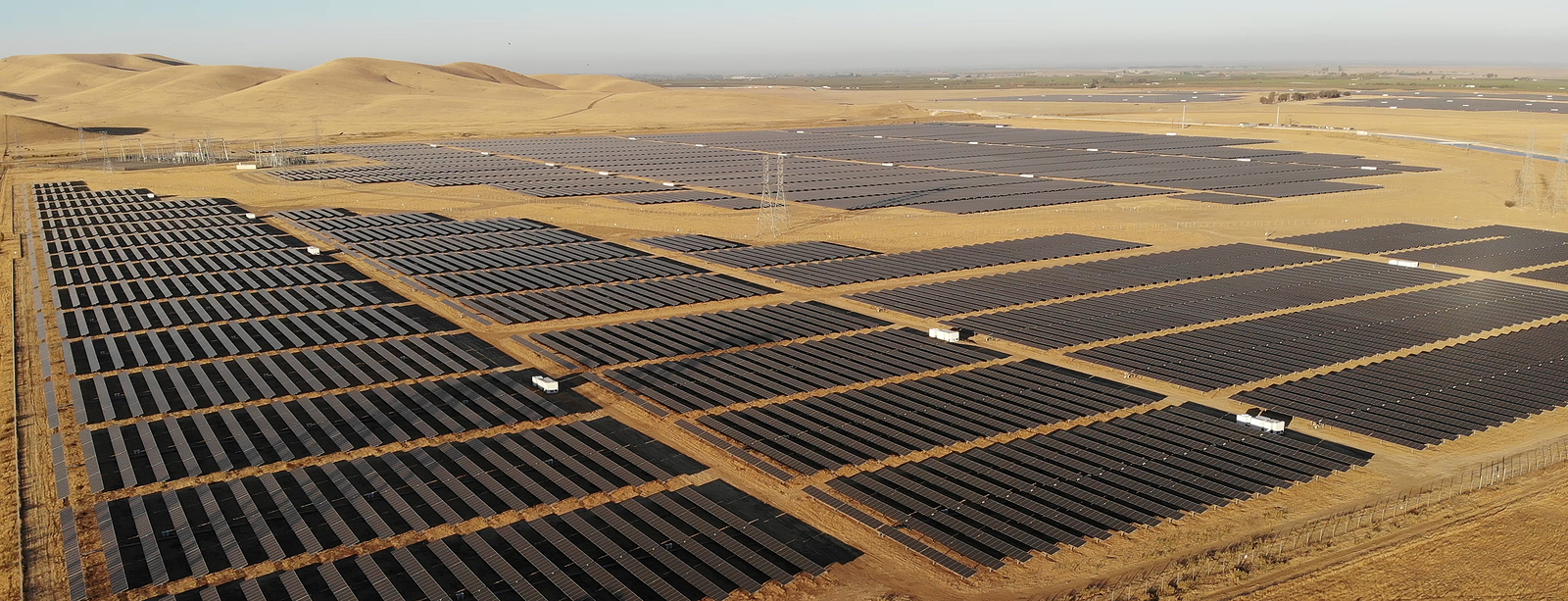ItsNotAboutTheMoney
Well-Known Member
Yes, President Biden did restore California's rights to set its stricter standard. There's no question about it.
However, take a look: The Judicial Supremacy has been overruling President Biden's executive powers:
CDC enforcing eviction moratorium due to Covid-19
OSHA enforcing workplace vaccine mandate.
EPA limits on greenhouse gases
With this trend, Judicial Supremacy will be able to overrule President Biden's order that restored California's rights to set its stricter standard.
You're right, they could be evil and decide like the Trump administration that "(B) such State does not need such State standards to meet compelling and extraordinary conditions", but it should be pretty easy for California and the EPA administration to argue that they have identified compelling reasons to take action. After all, pollution from transportation sickens and kills a lot of people, Congress refuses to take aggressive action to deal with it, EVs reduce pollution and the mandate raises EV sales.
I think it would be harder to overturn a decision of the EPA in a hostile administration, but such an administration might make it easier by whining about how California's decisions are forcing their will on other states (which they did), even though that isn't a basis on which the EPA can refuse to allow California to have a waiver. (The power of California's rules actually comes from _other_ states choosing to adopt their rules. California is only 12% to 13% of the light vehicle market, but the bloc of states is over 40% of the market, and growing, as Colorado, Minnesota and New Mexico joined)..





